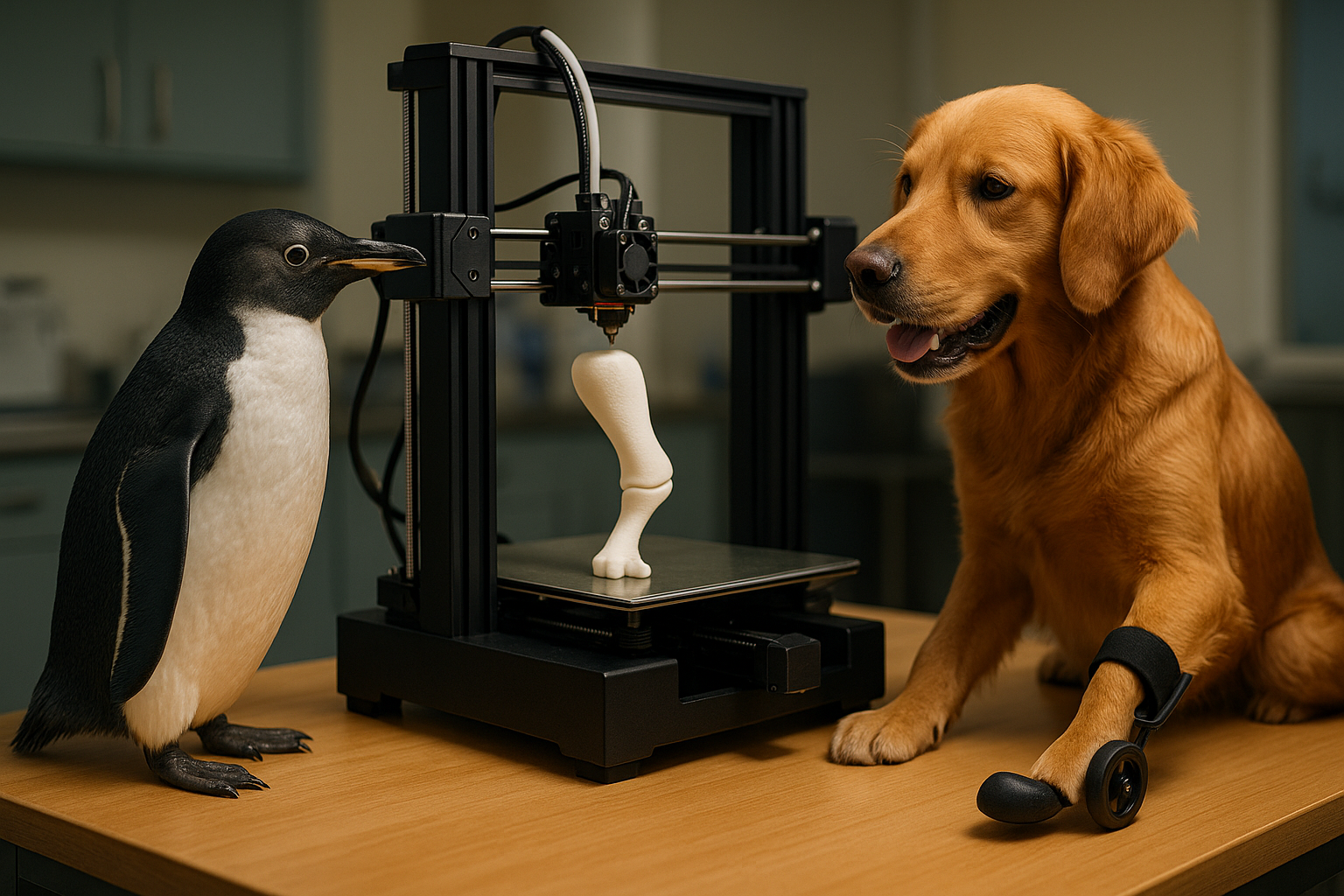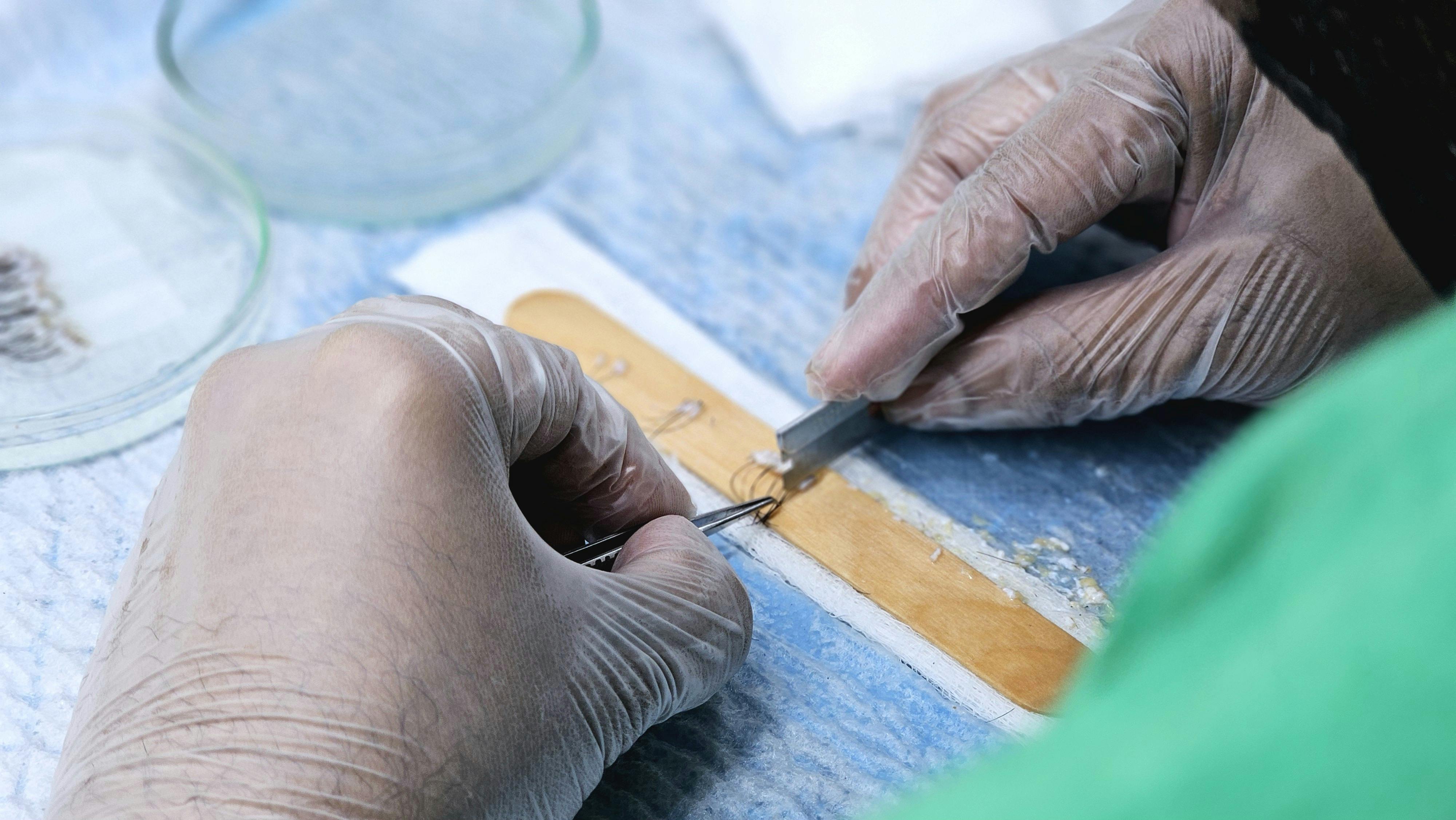The Pioneering World of 3D Printed Prosthetics for Pets
Imagine a world where our beloved pets, who have lost their limbs due to unfortunate accidents or illnesses, can trot, scamper, and play again with ease. This is no longer a mere figment of imagination. The advent of 3D printed prosthetics for pets has transformed this dream into reality.

Historical Development of Pet Prosthetics
The concept of prosthetics for pets is not entirely new. For many years, pet owners and veterinarians have been using a variety of materials, including wood, leather, and metals, to create rudimentary prosthetic devices. However, these were often expensive, heavy, and uncomfortable for the animal.
The late 20th century brought significant advancements in the field of prosthetics for humans, leading to improved designs and materials. However, the application of these improvements to animal prosthetics remained limited due to the wide variety in animal sizes, shapes, and movements.
The Advent of 3D Printing Technology
The advent of 3D printing technology in the early 21st century opened up a world of possibilities. Unlike traditional manufacturing methods, which require costly molds and are time-consuming, 3D printing enables quick, cost-effective, and highly customized production.
3D Printed Prosthetics for Pets: A Game Changer
In recent years, the utilization of 3D printing technology in creating prosthetics for pets has emerged as a groundbreaking development. Now, prosthetics can be tailor-made to fit the pet’s size, weight, and movement style, ensuring greater comfort and mobility.
Custom 3D printed prosthetics typically range from $300 to $1500, depending on the complexity of the design and the size of the animal. This is significantly more affordable than traditional prosthetics, which can cost upwards of $5000.
Current Developments and Future Outlook
In the past few years, several heartwarming stories of pets regaining their mobility thanks to 3D printed prosthetics have made headlines. From Derby, a dog who received 3D printed legs, to Bagpipes, a penguin who got a new foot, these stories underline the transformative impact of this technology.
Despite the promising developments, the field of 3D printed prosthetics for pets is still in its infancy. Challenges remain, such as the durability of the materials used and the need for ongoing adjustments as the animal grows or its health condition changes.
However, with continuous research and advancements in 3D printing technology, the future looks bright. The day may not be far when every pet, irrespective of its size or species, can benefit from this life-changing innovation.
Conclusion
While the journey ahead is still long and fraught with challenges, there is no denying that 3D printed prosthetics for pets have revolutionized the field of veterinary medicine. It has brought hope to countless pet owners, offering their furry friends a new lease of life. As we continue to push the boundaries of technology, our commitment to improving the lives of our pets remains unwavering.






